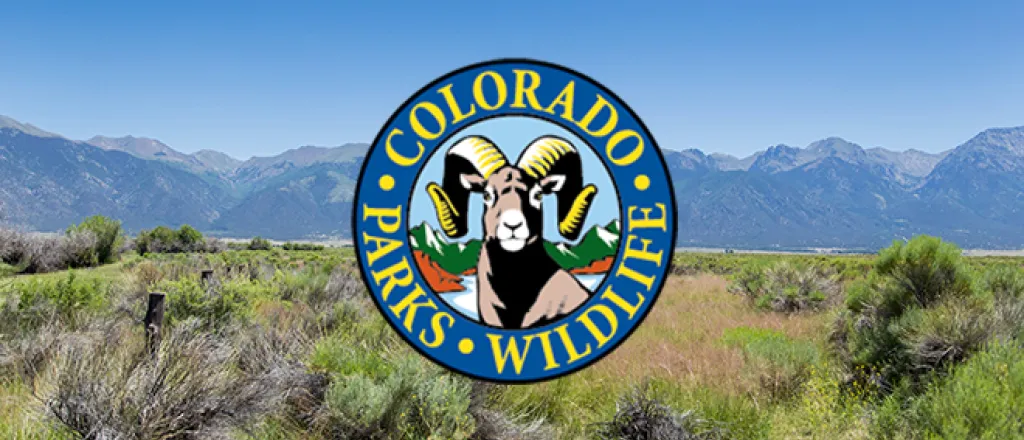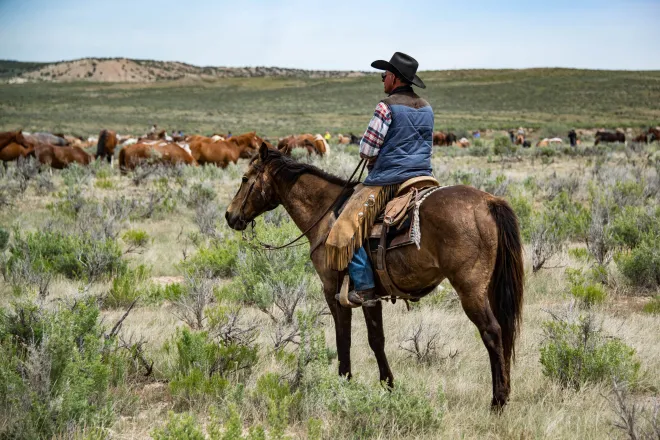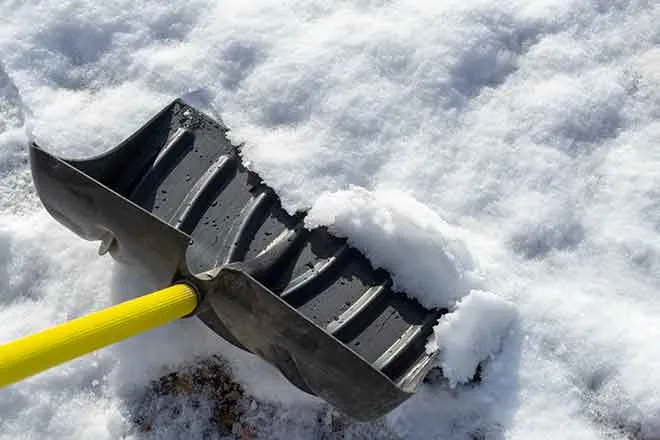
Keep wildlife wild with 2015 Colorado Income Tax Checkoff
Volunteer a contribution to the Non-game and Endangered Wildlife Cash Fund
Help threatened and endangered wildlife with a voluntary contribution to the “Non-game and Endangered Wildlife Cash Fund” on your 2015 Colorado tax returns through the income tax checkoff.
Colorado Parks and Wildlife diligently works to monitor and maintain these populations for the benefit of all wildlife in the state. The Non-game and Endangered Wildlife program supports species conservation for black-tailed, white-tailed and Gunnison prairie dogs, native cutthroat trout, bats, boreal toads, Gunnison sage-grouse, lynx, black-footed ferrets, Arkansas darters, and dozens of other species.
“Non-game species are indicators of a habitat’s overall health,” said Reid DeWalt, Assistant Director of CPW’s Wildlife and Natural Resources branch. “CPW is vested in the long-term sustainability and balance of wildlife for future generations. Doing so is not without cost, and will be done only with the support of all outdoor recreationalists.”
Colorado’s outdoors is home to more than 750 vital species of wildlife that are categorized as “non-game” species or animals that are not hunted, fished or trapped. Some of the ongoing work and success of CPW’s conservation species program include:
- Innovative partnership with private landowners facilitated black-footed ferret releases at six separate sites in Colorado;
- Winter snow tracking and camera traps in southwestern Colorado monitor the status of Canada lynx populations;
- Research, population monitoring, and habitat management for greater sage-grouse;
- Investigations of survival rates, movements, and reproductive success of white-tailed ptarmigan in Colorado has resulted in stable and healthy populations;
- Management of sylvatic plague to protect all three species of prairie dogs (black-tailed, white-tailed, and Gunnison) in Colorado;
- Surveillance monitoring of Colorado’s bat populations to keep tabs on their health due to prevalence of white-nose syndrome nationwide, and the loss of over 5 million bats in northeastern U.S.;
- Protection and restoration of Colorado’s cutthroat trout, including a new wild population of the state’s rarest, greenback cutthroat, and successful implementation of a conservation strategy for the Rio Grande cutthroat;
- Successful rearing and stocking of 13 species at CPW’s Native Aquatic Species Restoration Facility, bolstering existing populations and establishing new ones;
- Establishing new populations of Colorado’s most endangered amphibian, the Boreal toad.
CPW recently submitted a Final Draft of the State Wildlife Action Plan (SWAP) to the U.S. Fish and Wildlife Service for approval.The SWAP identifies the top priority species and habitats that need conservation efforts in the state, as well as the potential conservation actions that can address the threats these species and habitats face.
Learn more about CPW’s SWAP at http://cpw.state.co.us/aboutus/Pages/StateWildlifeActionPlan.aspx.
The “Non-game and Endangered Wildlife Cash Fund” checkoff box is located under the voluntary contributions section of the 2015 Colorado state income tax form 104A, line 50. Contributors specify the amount of their donation. Donations may be tax deductible.
In 2014, Coloradans contributed more than $150,000 to help a variety of species through the tax check off. In 2013, approximately 11,000 taxpayers contributed an average of $13.83.
Contact CPW’s Communication Center at (303) 297-1192 for more information.







